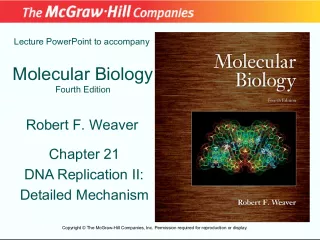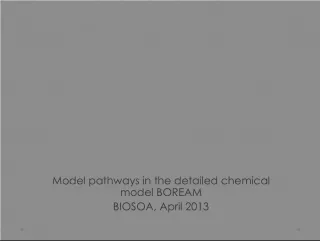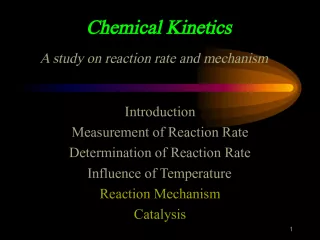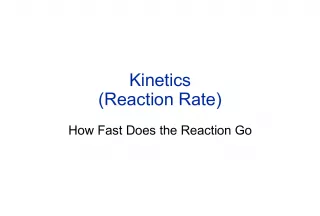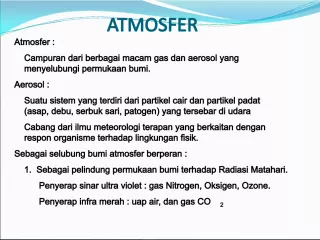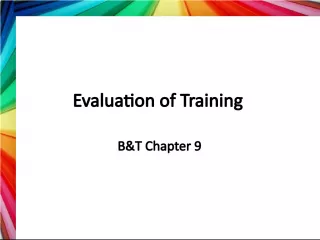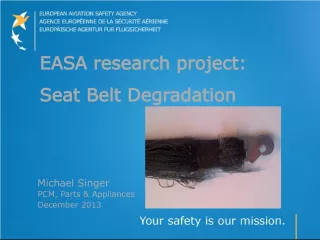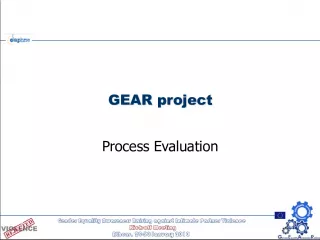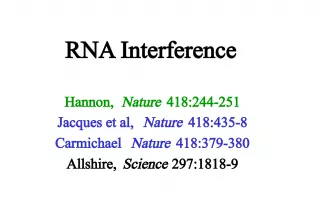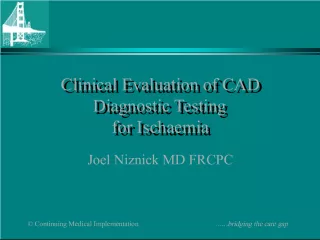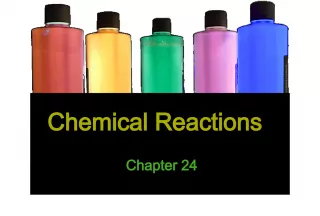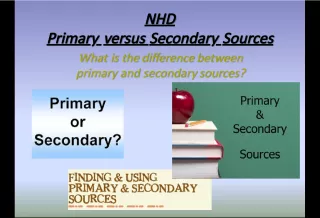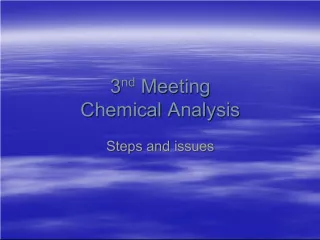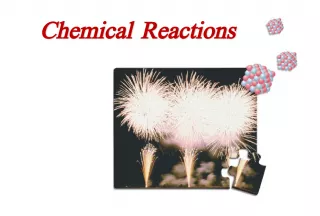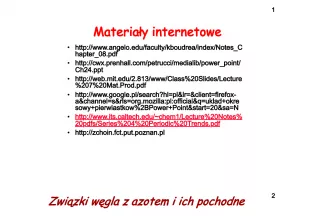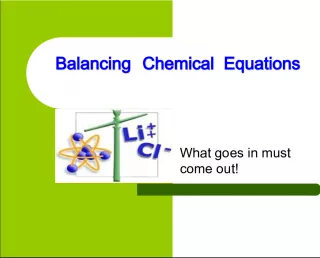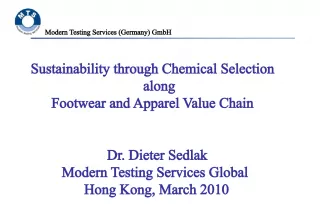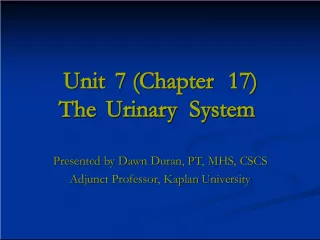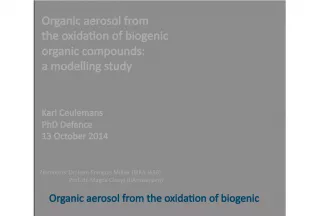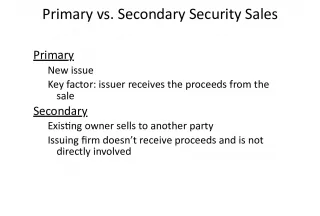Evaluation of a Detailed Chemical Mechanism for Alpha Pinene Degradation and Subsequent Secondary Aerosol Formation
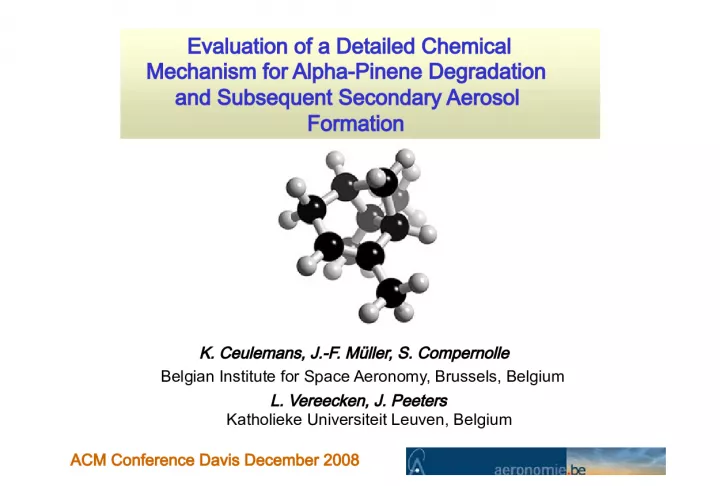

This paper outlines the BOREAM model for alpha pinene oxidation and subsequent secondary aerosol formation, and evaluates the possible
- Uploaded on | 0 Views
-
 carmen
carmen
About Evaluation of a Detailed Chemical Mechanism for Alpha Pinene Degradation and Subsequent Secondary Aerosol Formation
PowerPoint presentation about 'Evaluation of a Detailed Chemical Mechanism for Alpha Pinene Degradation and Subsequent Secondary Aerosol Formation'. This presentation describes the topic on This paper outlines the BOREAM model for alpha pinene oxidation and subsequent secondary aerosol formation, and evaluates the possible. The key topics included in this slideshow are . Download this presentation absolutely free.
Presentation Transcript
Slide1Evaluation of a Detailed ChemicalMechanism for Alpha-Pinene Degradation and Subsequent Secondary Aerosol Formation K. Ceulemans, J.-F. Müller, S. Compernolle Belgian Institute for Space Aeronomy, Brussels, Belgium L. Vereecken, J. Peeters Katholieke Universiteit Leuven, Belgium ACM Conference Davis December 2008
Slide2Outline BOREAM: model for alpha-pinene oxidation and subsequent secondary aerosol formation Possible impact of gas-phase oligomerization reactions Evaluation against dark ozonolysis experiments
Slide3Alpha-Pinene Oxidation Model Detailed explicit gas phase model with additional generic chemistry and aerosol formation module 10000 reactions, 2500 compounds Capouet et al. , J. Geophys. Res., 2008 complete mechanism can be explored at http://www. aeronomie.be/tropo/boream KPP(Kinetic PreProcessor) /Rosenbrock as chemical solver
Slide4Explicitchemistry • mechanism based on advanced theoretical calculations and SARs • Oxidation by OH, O 3 and NO 3 • important updates from Vereecken et al., PCCP, 2007 • leads to many different stable primary products
Slide5primary products: explicit or through lumped genericspecies APIN + OH APIN2OH APIN2OH JbCH3OHcHO2 JbCH3OHcHO2 + HO2 JbCH3OHcHOOH (primary product) JbCH3OHcHOOH + OH L10HPO2 (semi-generic: 10C, OH, OOH and O2-groups) JbCH3OHcHOOH + OH JbCH3OHcO L10HPO2 + NO L10HPO + NO2 L10HPO2 + HO2 L10HPP + O2 … L10HPP + OH L10KPP + HO2 L10KPP + OH LXeO2 + HO2 (LXeO2: generic low volatility peroxy-radical) LXeO2 + NO LXeO + NO2 LXeO2 + HO2 LXeOOH … LXeOOH + OH LXeO LXeO + O2 LXeCHO + HO2 Explicit chemistry Semi-generic chemistry generic chemistry P: hydroperoxide, H : alcohol , K: ketone O: oxyradical O2: peroxyradical LX indicates a generic species, e indicates the volatility class (11 classes provided) Products (explicit or generic) are allowed to partition to aerosol phase
Slide6Aerosol formation and Partitioning Molecules can partition between particulate and gas phase Pankow partitioning coefficient: Vapor pressure: calculated with group contribution method (see talk of Steven Compernolle) Activity coefficient: takes into account mixture effects, calculated with UNIFAC-based method (Compernolle et al. ACPD 2008) Activity c oefficient Saturated vapor pressure
Slide7Oligomerization reactions: gas-phase reactions ofCriegee intermediates Observed in several recent studies (Tobias & Ziemann 2001, Heaton et al. 2007) Example: SCI + pinic acid: produces a very condensable product
Slide8Oligomerization reactions: gas-phase reactions ofCriegee intermediates Tobias and Ziemann (2001) investigated the relative reaction rates of water vapour and other molecules with Stabilized Criegee Intermediates from tetradecene ozonolysis We take these rates and apply them to the most important species in alpha-pinene ozonolysis
Slide9Results: photo-oxidation: SOA yields• Capouet et al. JGR 2008 • Simulations with additional acid formation channels in ozonolysis mechanism lead to better agreement in some (not all) low-VOC experiments • Simulations with additional particle- phase association reactions (ROOH+R’CHO) has little impact except in high-VOC ozonolysis experiments
Slide10Model Validation: Dark ozonolysisexperiments New simulations for dark ozonolysis About 150 smog chamber experiments from 10 different studies were simulated Typical experimental conditions Excess ozone + OH-scavenger Very low or no NOx Temperatures generally between 0°C and 45°C RH variable, but many dry experiments ( < 10%)
Slide11dark ozonolysis: modelled versus experimental soa yields• SOA yield is predicted within a factor 2 for majority of experiments • Some overstimations for Cocker et al. and Iinuma et al. at colder temperatures • Some very serious underestimations for Hoffmann et al.1997: at high temperature (45°C)
Slide12pathak et al. 2007: modelled versus experimental sOA• Dry, RH<10% but not exactly determined. • Clear temperature dependence in model performance • Overestimations of about factor 2 for 0-20°C • Some very serious under- estimations at 30°C and 40°C with low initial VOC Example: • Pathak01:(40°C,14.3 ppb) experimental yield: 9% modelled yield: 0.001% modelled with stabilized Criegee oligomers: 0.4 %
Slide13Results: temperature dependence of SOAyields is problematic Experimental yields do not decrease strongly with temperature Modelled yields strongly decrease with temperature Serious underestimations at high temperature and no seed aerosol
Slide14Possible Importance of SCI oligomers at low RH Song et al. 2007: Dark ozonolysis RH < 2% in all experiments Temperature 28°C Assuming very low RH significantly improves modelled yields, due to decreased competition of water vapor in formation of Criegee Intermediate oligomers Therefore: At very low RH gas phase reactions of Stabilized Criegee intermediates with acids and alcohols can significantly influence SOA yields Precise measurements of RH in smog chambers are important SOA yields deduced in very dry ozonolysis experiments might not be representative for real atmospheric conditions Exp Model RH 1% Model RH 0.01% Exp. Yield 2 0.16 0.35 0.35 3 0.18 0.36 0.38 4 0.015 0.20 0.15 5 0.19 0.37 0.43 6 0.21 0.38 0.46 7 0.08 0.28 0.28 8 0.14 0.34 0.34 9 0.17 0.36 0.37
Slide15Next step: model reduction Currently BOREAM model contains about 10000 reactions and 2500 species Global models: chemical reactions consume large amount of CPU time Model reduction is needed: At most a few hundred reactions Less than 100 species Work in progress…
Slide16Conclusions Validation of dark ozonolysis experiments: majority of SOA yields reproduced up to factor 2 Overall temperature influence not well reproduced Oligomerization of Stabilized Criegee Intermediates can be important at very low RH Thank you for your attention!
Slide17Model reduction: requirements Reduced model should be able to reproduce: Inorganics (NO x , HO x , O 3 ) Small organics (CH 2 O, acetone, PAN) Some important products: Pinic, pinonic acid, pinonaldehyde SOA Validation through comparison with full mechanism Focus on atmospherically relevant scenarios
Slide18Reduction Techniques: Removing negligiblereactions Identify negligible reactions in atmospheric conditions Branching can depend strongly on NO x -regime Example: Peroxyradical in alpha- pinene + OH
Slide19Reduction Techniques: product merging Products with Similar reactivity Similar products can be merged Example: in OH-addition on alpha-pinene The resulting peroxy radicals lead to similar products (nitrates, hydroperoxides and pinonaldehyde) Use of averaged reaction rates for the merged species
Slide20Reduction Techniques: Reducing length of longradical reaction chains Some reactions produce a sequence of several peroxyradicals Radical reactions are very fast: considered instantaneous The chain ends through radical termination Is replaced by a single equation yielding LXO2, represents the peroxy radicals Stable endproducts
Slide21Reduction Techniques: Lumping Not all different products can be treated explicitly in a reduced mechanism. Use generic species Example: generic nitrate LXONO2 + OH LXCHO + NO2 (OH oxydation) LXONO2 + hv LXO2 + NO2 (photolysis) LXONO2 LXNO2p (partitioning) Advantage: carbon balance conserved, some effects of aging are reproduced Disadvantage: simplifications lead to errors compared with full mechanism
